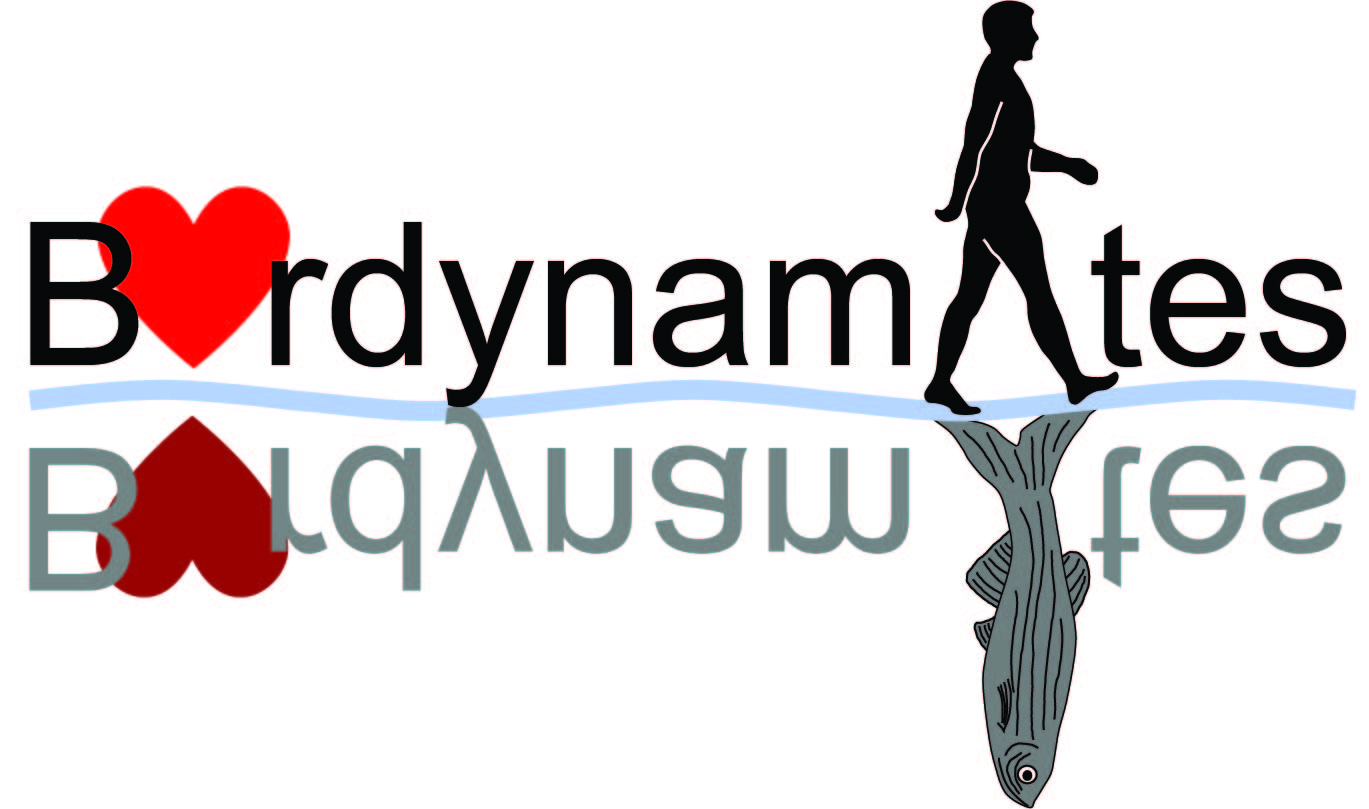Zebrafish mutations affecting cilia motility share similar cystic phenotypes and suggest a mechanism of cyst formation that differs from pkd2 morphants.
Publication Year
2008
Type
Journal Article
Abstract
Zebrafish are an attractive model for studying the earliest cellular defects occurring during renal cyst formation because its kidney (the pronephros) is simple and genes that cause cystic kidney diseases (CKD) in humans, cause pronephric dilations in zebrafish. By comparing phenotypes in three different mutants, locke, swt and kurly, we find that dilations occur prior to 48 hpf in the medial tubules, a location similar to where cysts form in some mammalian diseases. We demonstrate that the first observable phenotypes associated with dilation include cilia motility and luminal remodeling defects. Importantly, we show that some phenotypes common to human CKD, such as an increased number of cells, are secondary consequences of dilation. Despite having differences in cilia motility, locke, swt and kurly share similar cystic phenotypes, suggesting that they function in a common pathway. To begin to understand the molecular mechanisms involved in cyst formation, we have cloned the swt mutation and find that it encodes a novel leucine rich repeat containing protein (LRRC50), which is thought to function in correct dynein assembly in cilia. Finally, we show that knock-down of polycystic kidney disease 2 (pkd2) specifically causes glomerular cysts and does not affect cilia motility, suggesting multiple mechanisms exist for cyst formation.
Keywords
Journal
Dev Biol
Volume
314
Issue
2
Pages
261-75
Date Published
02/2008
ISSN Number
1095-564X
Alternate Journal
Dev. Biol.
PMID
18178183

